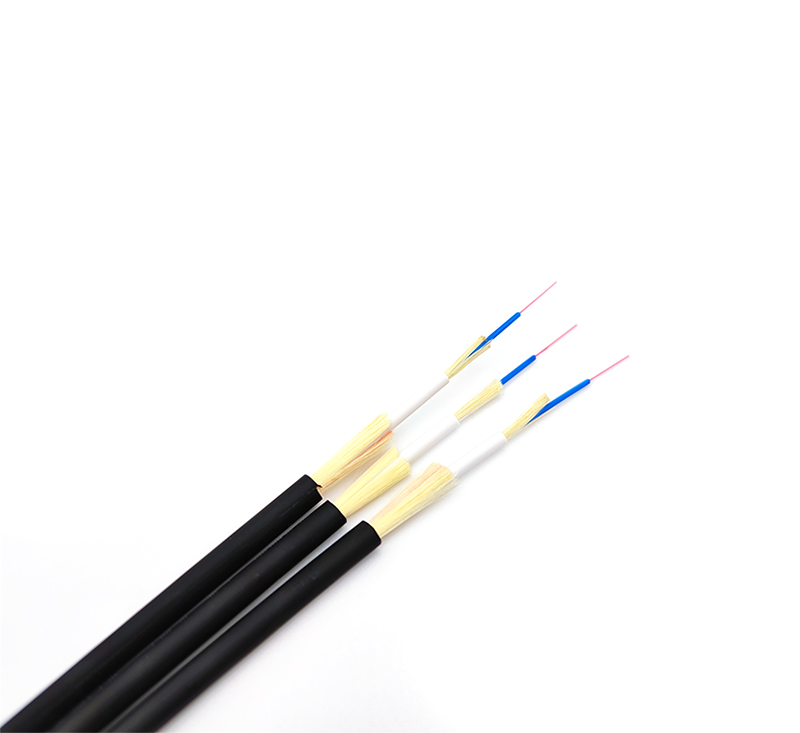According to the national standard GB/T14864-93, the surface of the cable should be printed with continuous marks of the manufacturer's name, product model and rated voltage. When purchasing, pay attention to whether the information marked on the certificate is consistent with the printed mark on the surface of the wire. , to prevent counterfeit products.

2. The second point: check the cable length
According to the national standard GB/T14864-93, a roll of cable should be 100 meters long, but some manufacturers make a fuss about the length of the cable. It was found that the length of the cable was not enough, which delayed the progress of the project.
In response to this phenomenon, some manufacturers use the method of marking a code every 500mm on the cable sheath to resist this phenomenon of "less than meters", and at the same time provide users with a basis for identifying the length of the cable when purchasing.
3. The third point: observe the outer surface
The surface layer of the cable is made of polyvinyl chloride (PVC). However, if recycled plastic is used, it is very easy to break and conduct electricity during the construction process.
When purchasing, users can observe its skin. If the surface is rough, it means that its processing technology and plasticizing performance are poor, and those that are easy to peel off by hand may be unqualified materials.
4. The fourth point: the size of the diameter
According to the national standard GB/T14864-93, the RVV4 cable is made by twisting 42 copper wires with a diameter of 0.15mm, but some manufacturers use copper wires with a diameter of 0.13mm or smaller, so that the original 0.75mm2 The cable can even reduce the amount of copper wire by 26%, and the reduction part is imperceptible to the naked eye.
5. The fifth point: copper conductor
The conductors of cable products must use oxygen-free copper with a copper content of 99.95%, which is soft, shiny, and has good elongation and conductivity (Figure 1). However, in order to reduce costs, some manufacturers use copper-clad aluminum (coating a layer of copper on the surface of the aluminum wire), or use recycled copper and recycled copper, and copper-clad iron and copper-clad steel also exist in large numbers. According to Chen Jialong, technical director of Zhejiang Zhongan Electronic Engineering Co., Ltd.: "When a cable using this material transmits signals, its carrying capacity is greatly reduced, and the transmission distance is greatly shortened."
In response to this phenomenon, industry insiders suggested: "Before buying, you can use three methods to detect, one is to use magnets, such as steel and iron, it can be easily detected; the other is to twist a dozen cables and observe If its cross section is silvery white, it is not real copper and should be other metals; the third is to use fire, because the melting point of aluminum is lower than that of copper, it will be like incense ash after burning. Generally, these three methods can be used to detect Whether it comes out is real oxygen-free copper."
6. The sixth point: the braiding angle of the shielding layer
The shielding layer inside the cable is mainly used to prevent interference. It can prevent interference caused by signal diffusion, and can also prevent external signals from interfering with internal signals. It is mainly composed of copper wire mesh. According to the national standard, the cross angle of the braided mesh of the shielding layer shall not be greater than 45°, and the angle of the braided mesh of some cables can even reach 75°, thus affecting the effect of the shielding.










